What are rosehips?
Rosehips are the “accessory” fruit of the rose bush. They’re not quite fruits, not quite berries (though they do look a bit like tiny crab apples). The seed pods of rose bushes and grow on wild and cultivated roses, in sizes from pea-small to cherry-big, and in colours from orange to deep red. To identify a rosehip look for a little dried star (the calyx) on one end or the bulb, a simple ID clue you’re looking at a rosehip, not a random red berry.
Are rosehips edible?
Yes—BUT the furry hairs around the seeds can irritate the digestive system. If you want to use rosehips for tea or food, each hip needs to be cut open and the seeds and hairs carefully scooped out. Because rosehips are high in vitamin C and antioxidants, they’ve traditionally been harvested for teas, syrups, jellies, and more.
SAFETY (craft + ingesting):
-
Do not let children eat whole, raw rosehips. While they aren’t toxic, the small seeds and hairs inside can irritate little bellies.
-
There’s no proven safe amount of rosehips for kids when it comes to rosehip consumption (tea or otherwise), so please consult a healthcare provider before serving rosehip products to children.
- Skip eating hips from cultivated roses that may be sprayed, those are best for crafting.
-
For crafting, remind you child: look, touch, thread, but don’t taste.
When, where, and how do I harvest rosehips?
In late summer and well into fall, look for red seed pods on rose bushes. Both wild and cultivated varieties produce rosehips. As long as they’re not on private property or protected lands/parks, you can gently pluck the hips from the bush.
Choose firm hips, not soft or squishy (rosehip harvested for teas are best after the first frost when they soften). Forage only where it’s allowed and leave plenty for wildlife.
SAFETY: Rose bushes are prickly! Wear a pair of work gloves to protect your hands, or go slowly and carefully.
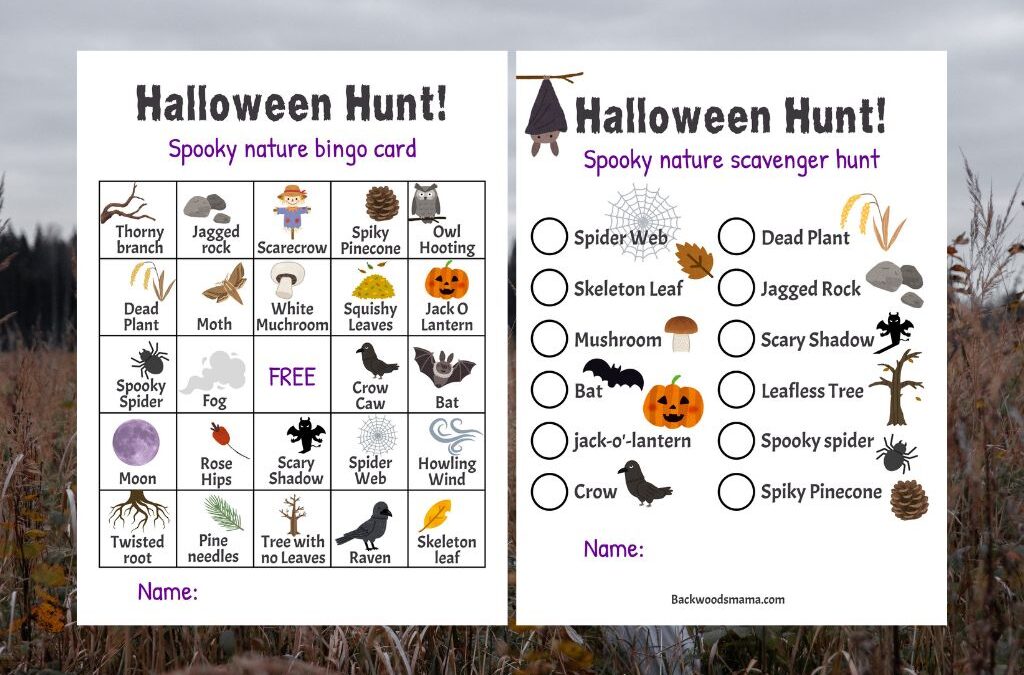

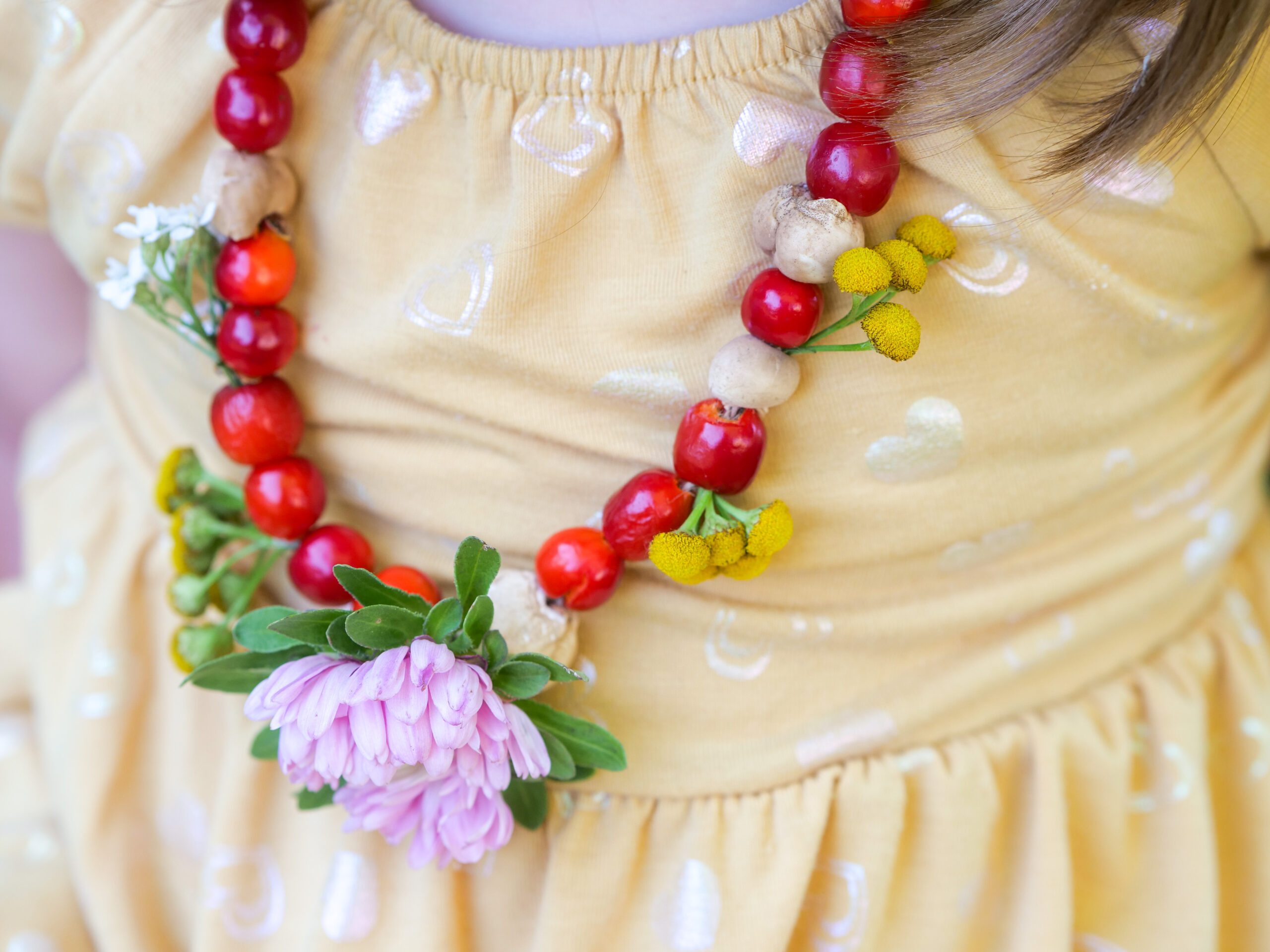
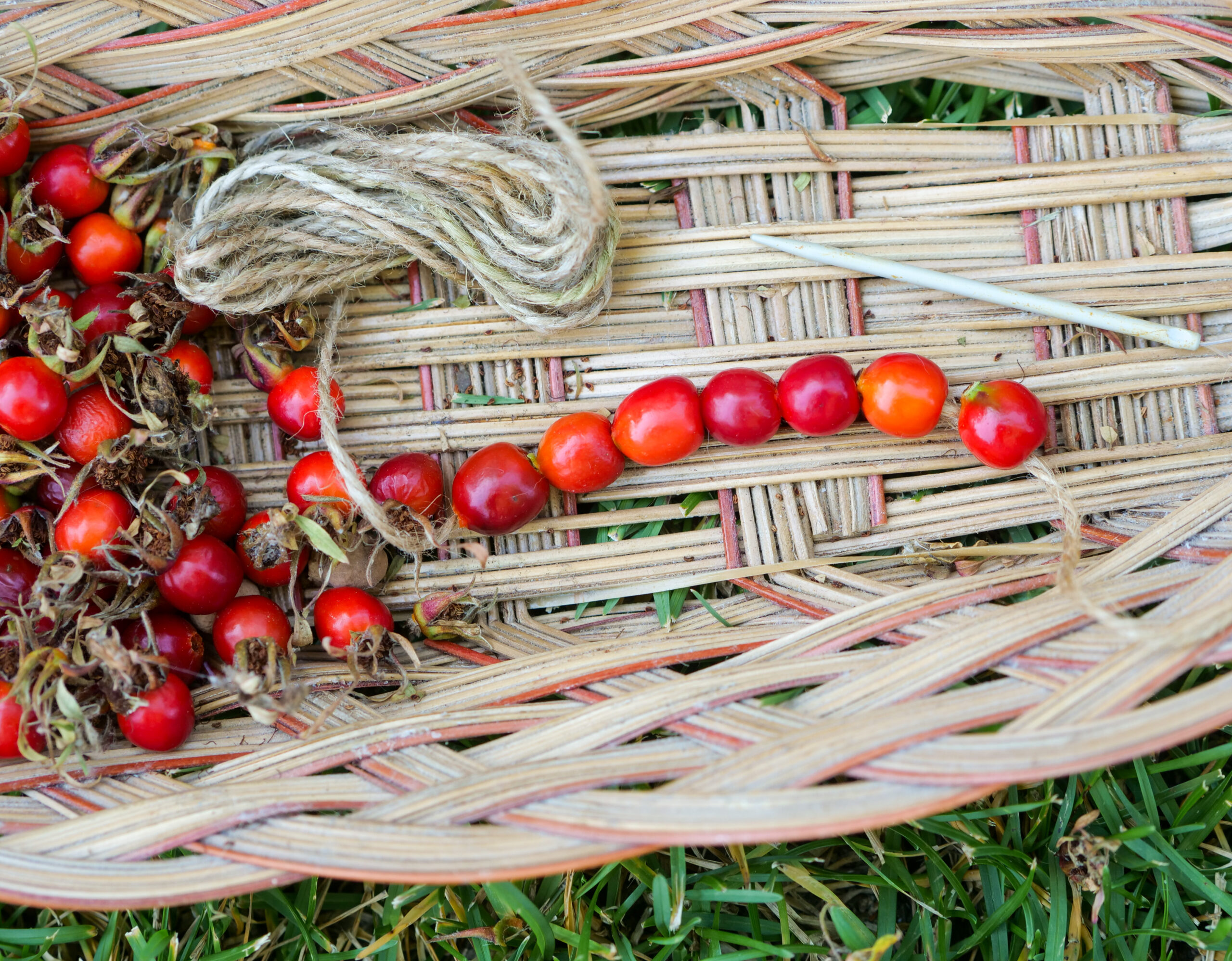
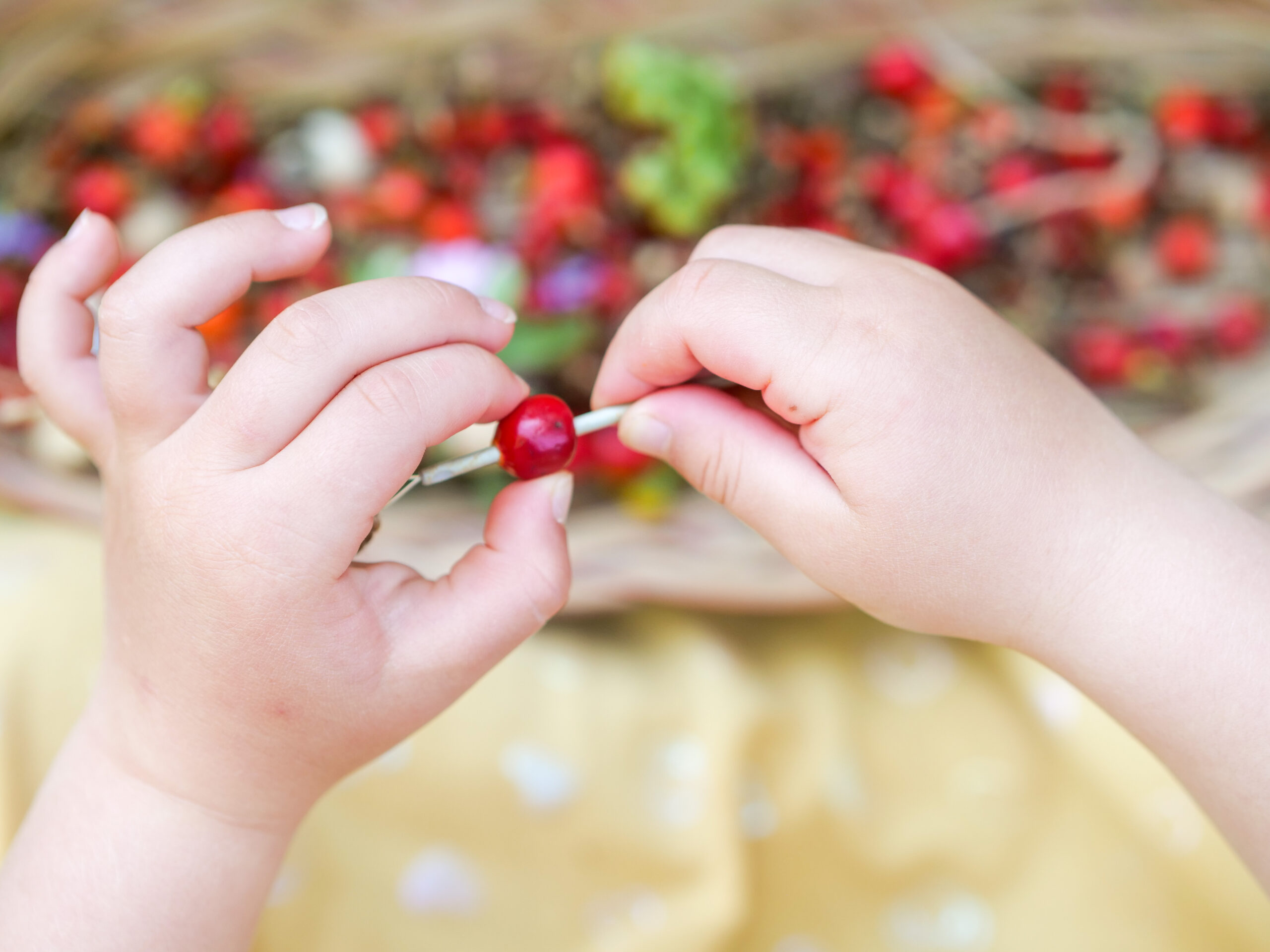
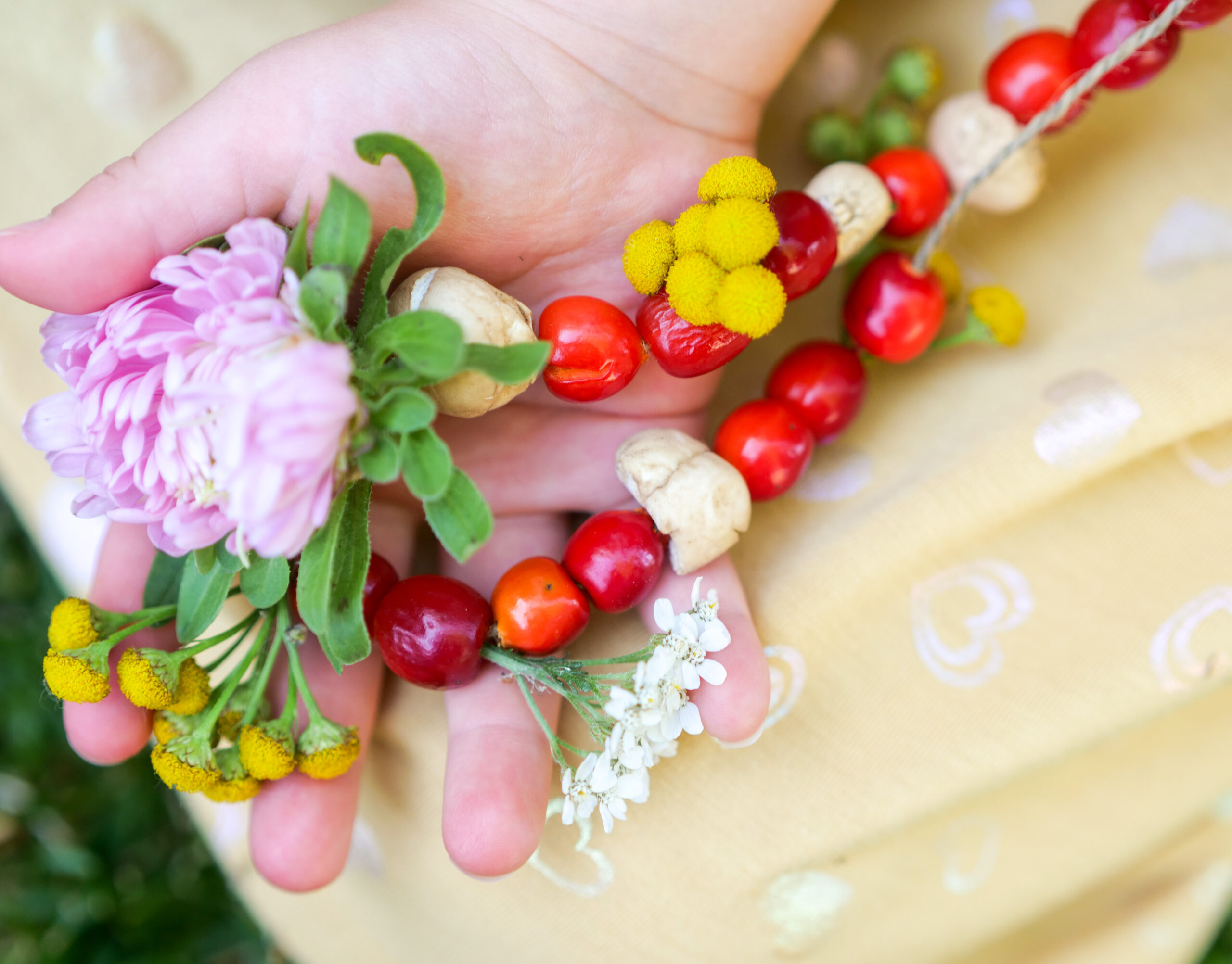




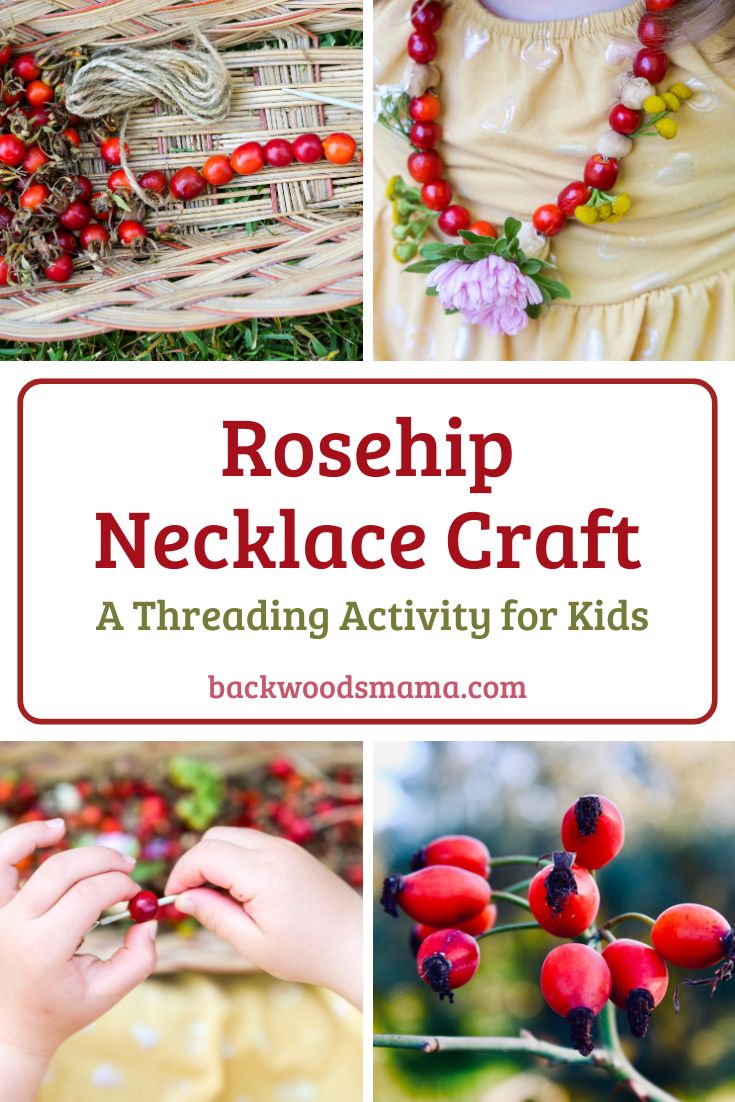

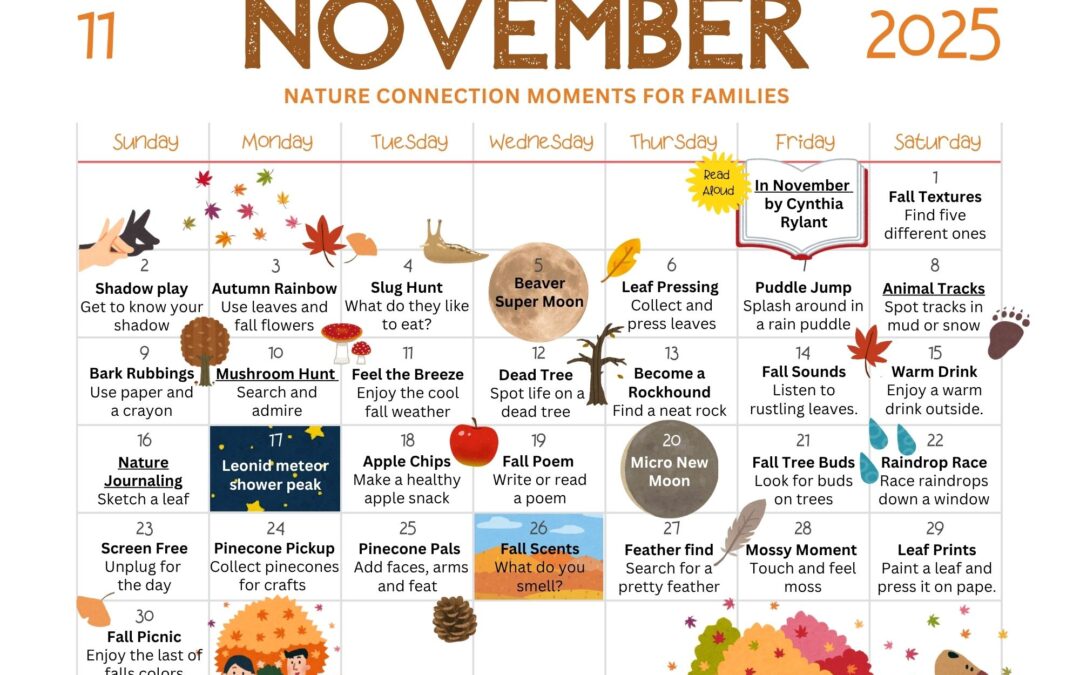
0 Comments